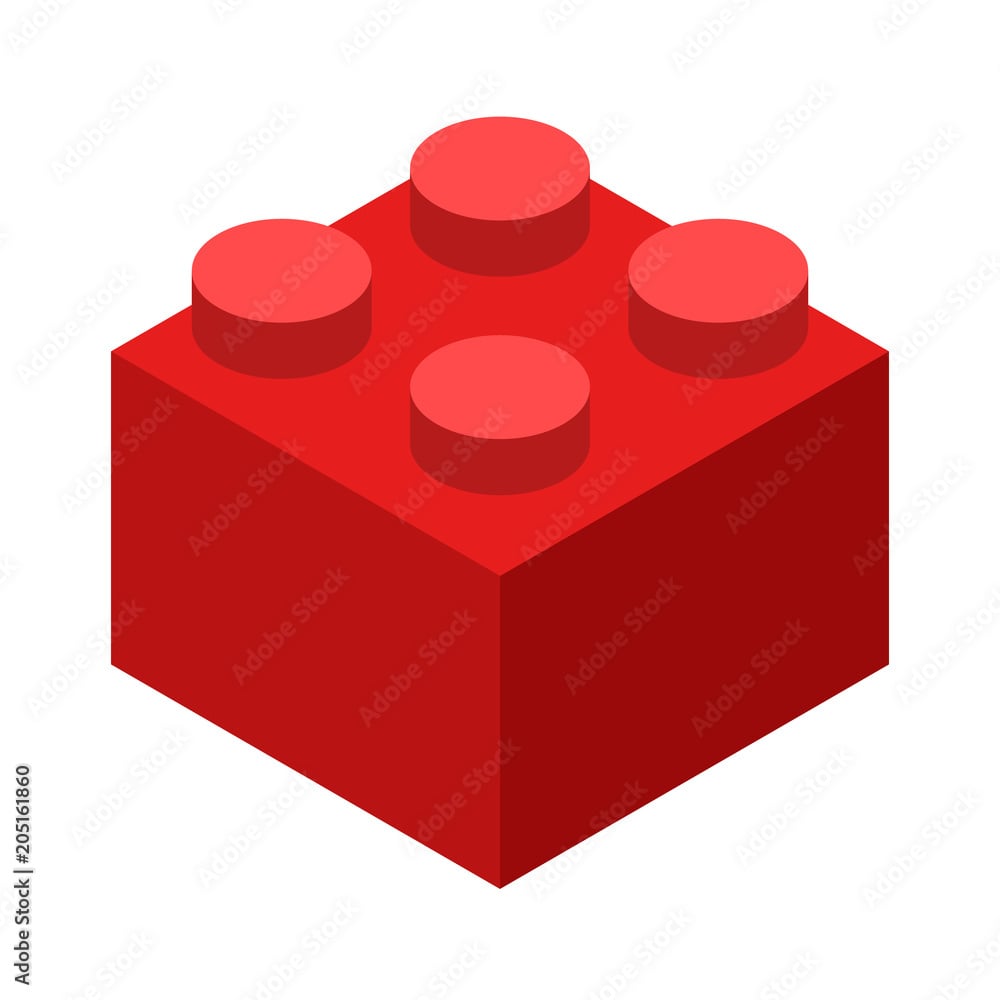Create by OVERWERK is a good example that uses what I’m talking about multiple times throughout.
- 4 Posts
- 55 Comments
I love when the track goes completely silent for a single rest after some buildup and then punches back into the full chorus. If that “gap” in noise is part of the melody itself it’s even cooler. It makes the following sound so much more impactful, even if the actual volume hasn’t increased by much.
There are certain timed events that will trigger if you long rest nearby, so make sure if you’re near a place that looks like it needs immediate attention, that you don’t long rest quite yet.

 4·1 year ago
4·1 year agoClearly taken on a mirrorless camera.

 2·1 year ago
2·1 year agoSurprisingly few PSX titles here, glad to see a fellow Toy Story 2 enjoyer here, haha.

 2·1 year ago
2·1 year agoWhen I was four or so I my family went to have lunch at another family friends house. Their sons were a bit older than me at the time, and they let me play some games on their new PlayStation console. I can’t remember exactly what order we played them in, but the first game I ever played was either Ape Escape or Crash Bandicoot: Warped. Both games are excellent and hold a special place in my heart to this day.
“Potion Seller, I require your strongest potions.”

 2·1 year ago
2·1 year agoEven a hotbed replacement isn’t that bad. I ended up swapping out the entire hotend when I shorted the thermistor because I thought I also broke the heater cartridge as well. You can partially disassemble the MK3S’s tool head and it’s basically remove-> insert the new part and close it up again - > rewire.

 1·1 year ago
1·1 year agoI’ve got a 0.8, I just haven’t tried it yet. I feel like the prints would be too imprecise for most applications though, no?

 13·1 year ago
13·1 year agoI recall hearing a long time ago that most news sites, magazines, newspapers, etc. tend to target a sixth grade reading level. So, I don’t know if there’s been a sharp rise, but it’s not really surprising considering how far beyond most readers should be.

 2·1 year ago
2·1 year agoUse a 0.6mm nozzle, it’ll change your life.

 6·1 year ago
6·1 year agoI’m going to go against the grain here and say you should get a Prusa. I had an Ender 3 V2 as my first printer and it was an endless series of headaches with all of the little adjustments and tweaks I needed to make every other print. I nearly gave up the hobby and took a break for about a year because I was so sick of it. Furthermore, an Ender absolutely did not teach me everything there is to know about how 3D printers work, even with all the fiddling.
Eventually I got an i3 MK3S+ kit. The kit helped me to actually learn everything about what goes on inside a 3D printer. I would recommend staying away from preassembled printers, at least at first. Ever since building it, it’s basically been a fire and forget type of machine, barring routine maintenance and a shorted thermistor that was my own fault. It’s my main workhorse and I now use it to run a small 3D printing business.
On top of all that, Prusa’s designs are all open-source, their printer profiles are extremely well-tuned using PrusaSlicer, and getting official replacement parts is a breeze. It’s definitely something I would get if you want or need something that can’t have a lot of downtime.
As for your question regarding PLA, it should be okay, but if you’re really concerned about it, you can get an enclosure to help contain the fumes. I have the official Prusa enclosure with all the add-ons. I think you can get it bundled with a printer for a discount.

 4·1 year ago
4·1 year agoMy assumption is that he means the recommendation algorithms for social media and content feeds like Twitter, Facebook, YouTube, etc.

 2·1 year ago
2·1 year agoIf you happen to have a 3D printer, Gridfinity would be my go-to solution. Otherwise, those Kinetic Labs containers seem like your best bet.

 2·1 year ago
2·1 year agoI have an i3 MK3S+ with the official enclosure. In my experience it doesn’t really affect PLA unless you’re printing something with zero infill. I had one print that kept curling, and all I had to do was just open the doors.

 4·1 year ago
4·1 year agoIm looking into building my own Voron myself, but I’m hesitating because there are just so many unknowns for what I want to do. Are you planning on installing multiple toolheads, enclosing it, or adding extras like runout sensors, load cell sensors, etc?

 3·1 year ago
3·1 year agoSo, for flex-direction: column, usually you’ll want to use it when you need multiple items to be consistently spaced vertically. For example, you have a testimonials section on your webpage with some divs that contain quotes, and you want them to be centered in the page, stack on top of each other, and have equal spacing between each quote. This is where flex-direction: column comes in. You just set the flex five to the height you want, slap display: flex and the flex direction properties on it, set justify-content to between, and maybe align-items to center so that all the child divs are in the center of the parent, and voila!
In real life, you’ll mainly see this used on mobile, where lots of elements need to be stacked on top of each other, but there are cases on other viewports where it makes sense. For example, in lining up fields in a vertical form like a login or sign up page where the username, password, and login/create account buttons are all stacked on top of each other.

 3·1 year ago
3·1 year agoRick Darge is fantastic if you’re into high-quality, short form sketch comedy. Krazam has grown recently but is still relatively small and makes more tech-related sketches.

 26·1 year ago
26·1 year agoYou could get hit by a truck the day after having your child leaving them without a parent. Don’t let fear hold you back. No one lives without experiencing any suffering at all, it’s just part of life. If you love your children and care for them, then they’re already setup to have a much better life than most will.



There’s a reason why PETG/PLA are used as interface materials for supports in multi-material printers. There’s no molecular bond and so the parts will snap off very easily.